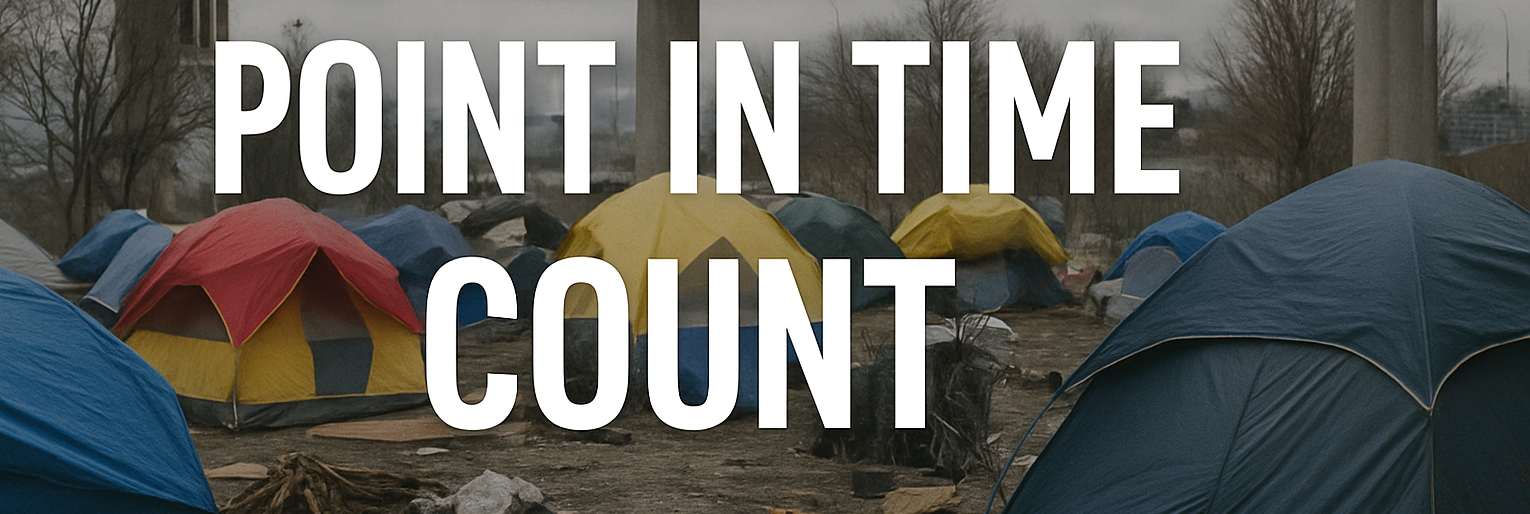Point in Time Count

HUD Point-in-Time Count
Each year, communities across the country participate in the HUD Point-in-Time (PIT) Count, a nationwide effort to identify the number of people experiencing homelessness on a single night in January. This includes individuals and families living in emergency shelters, transitional housing, or in places not meant for human habitation, such as streets, cars, or encampments.
The PIT Count provides critical data used to understand the scope of homelessness in our region, identify trends, allocate federal and state funding, and shape programs and policies that address housing instability. Accurate, community-driven data ensures that resources are directed where they are needed most.
Our Role in Beaufort County
The Beaufort County Human Services Department serves as the designated point of contact for our county’s participation in the regional Point-in-Time Count. Our region includes Beaufort, Jasper, Colleton, Hampton, Charleston, Berkeley, and Dorchester counties, and is served by the Low Country Continuum of Care (CoC).

In this role, we:
- Coordinate with local partners across the community—including government agencies, law enforcement, nonprofits, faith-based groups, and service providers—to ensure a comprehensive and collaborative count.
- Support local planning efforts and help facilitate a community-wide strategy.
- Serve as a conduit between Beaufort County and the Low Country CoC, helping to transmit data, share resources, and elevate local insights to inform regional and national strategies.
Local Flexibility, Regional Alignment
There is no one-size-fits-all method for conducting a Point-in-Time Count. Every community is different, and implementation strategies must reflect local capacity, geography, and needs. Recognizing this, our department does not prescribe how each community conducts its count.
Instead, our role is supportive and facilitative:
- We work to empower local agencies and volunteers with the tools, training, and resources needed to conduct a meaningful and HUD-compliant count.
- We help ensure alignment with policies established by the U.S. Department of Housing and Urban Development (HUD) and the Low Country Continuum of Care.
- We serve as the bridge between federal and regional systems and the grassroots partners on the ground.
It is up to individual communities—whether led by faith groups, volunteer networks, service agencies, or local leaders—to carry out the count itself. We are here to support, coordinate, and uplift those efforts, not to direct or control them.